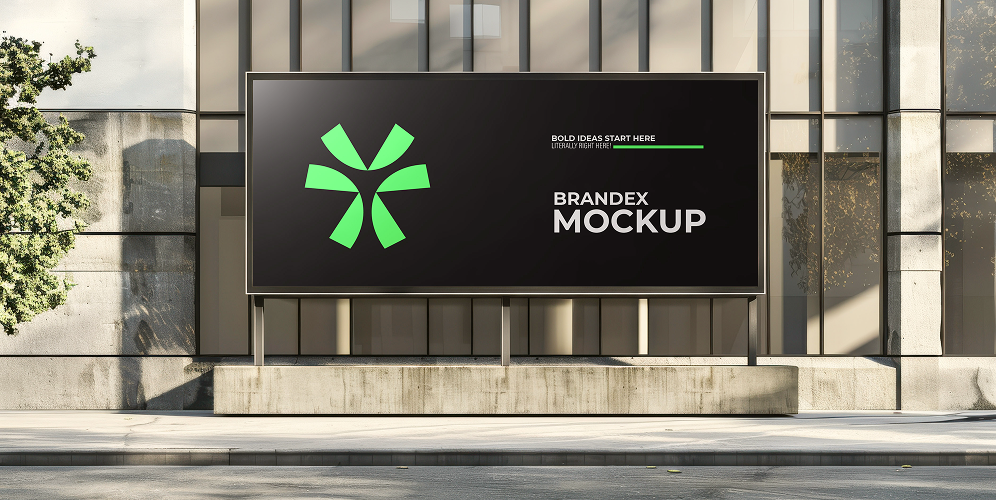Building Effective Digital Marketing Campaigns

Overview
In today’s digital-first world, an effective marketing campaign can mean the difference between a thriving business and one that’s left behind. But building a campaign that drives real results requires more than just catchy graphics and clever copy—it demands strategy, precision, and a deep understanding of your audience. In this blog, we break down the key components of a successful digital marketing campaign and how to execute each step effectively.
Define Your Goals Clearly
Every campaign starts with a clear objective. Are you looking to increase brand awareness, generate leads, boost sales, or promote a new product? Setting SMART goals (Specific, Measurable, Achievable, Relevant, and Time-bound) helps keep the campaign focused and measurable from day one.
Knowing your audience is crucial. Conduct market research to understand their demographics, behavior, interests, and pain points. Create detailed buyer personas to guide your messaging, visuals, and ad placements. The more personalized your campaign feels, the more effective it will be.

Choose the Right Channels
Not every platform suits every brand. Depending on your goals and audience, your campaign might focus on:
- Search Engines (Google Ads, SEO)
- Social Media (Meta, LinkedIn, TikTok)
- Email Marketing
- Content Marketing (blogs, videos, whitepapers)
- Display Advertisin
Diversifying your strategy across multiple touchpoints can improve reach and engagement, but always focus on where your audience actually spends time.

Effective digital marketing campaigns combine clear goals, audience targeting, strong content, and data analysis to boost engagement, drive conversions, and build lasting brand visibility in a competitive online environment.
Impact on user experience
Improving digital strategies significantly enhances user experience by delivering faster load times, intuitive navigation, and personalized content. A seamless, user-friendly interface increases engagement, reduces bounce rates, and boosts satisfaction—ultimately driving higher conversion rates and brand loyalty. Prioritizing UX ensures your audience enjoys every interaction with your digital presence.




